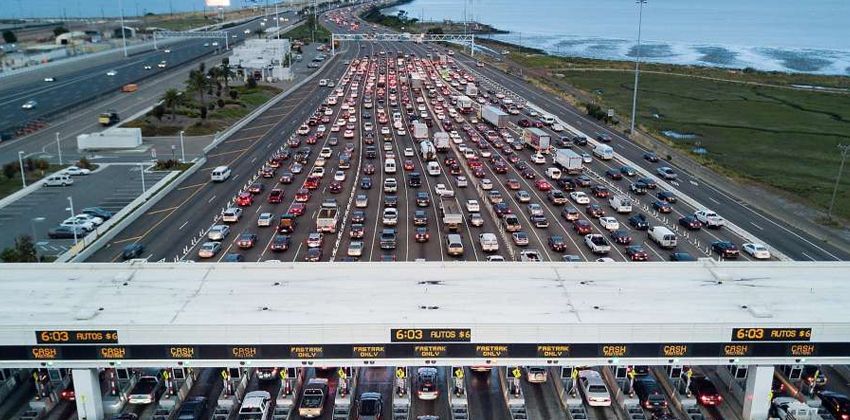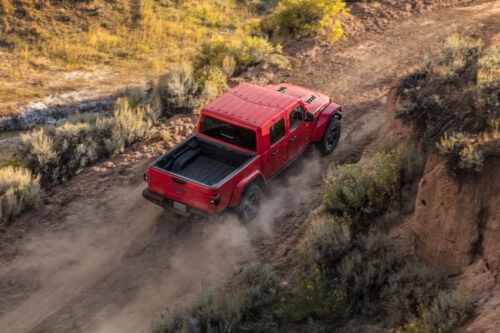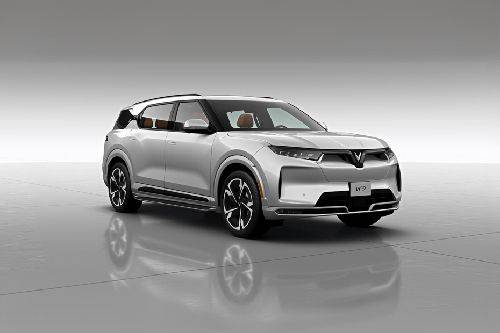Shift to neutral while your automatic car is at a standstill or not?

Automatic cars are the call of the hour. With a rapid increase in congestion due to vehicles causing traffic jams on the road, the driving conditions are becoming worse and more challenging than ever before. Due to this very reason, driving an automatic gearbox equipped car feels more convenient to drive due to negligible repetitive usage of clutch and gearshifts. However, driving an automatic vehicle comes with its fair share of doubts and confusions. For starters, many people who are new to automatic motoring get confused as to when to apply the required mode of gearshift in a particular condition. One such confusing situation is to whether one should shift to neutral mode while the vehicle is at a standstill mode while in traffic or any other emergency.

Almost all the automatic gearboxes come with these three modes as standard –Reverse (R), Neutral (N) and Drive (D). Take for instance that you are driving a conventional torque converter equipped sedan in heavy traffic condition. In such a situation, two different opinions will strike your mind as per the suggestions you get from different people. While some suggest you shift to neutral till reach a standstill, others will give you an opinion of sticking to the drive mode with your foot on the brake. In both, the cases reduced wear and tear of internal gearbox components is the reason cited.

In our opinion, it is a wiser decision to shift to neutral while you are at a standstill, and we have a couple of reasons to justify this statement, especially in prolonged traffic situations. First and foremost, shifting to neutral will reduce the unnecessary work carried out by your foot to hold the brake lever in case you are sticking to the drive mode, to control the forward motion of the car.
Considering the unpredictability of the traffic, which might be in existence for either 5 minutes or an extended period of 2 hours, it is better to make your gearbox rest in the neutral mode. There might be instances when you are stuck to the D mode and accidentally lose control, banging the car or pedestrian ahead. However, if it is just a very small halt, you can stick to the D mode to maintain the forward motion of the car.

As far as reliability and longevity of the gearbox is concerned, all the modern automatic gearboxes nowadays promise of lifetime validity of transmission fluids. In such a case, wear and tear of gearbox components have reduced by massive levels, and replacement might happen only in conditions when your car’s odometer has seen some really high numbers like 200,000 km.
Automotive News and Reviews
- Latest
- Popular
Featured Car
- Latest
- Upcoming
- Popular






































